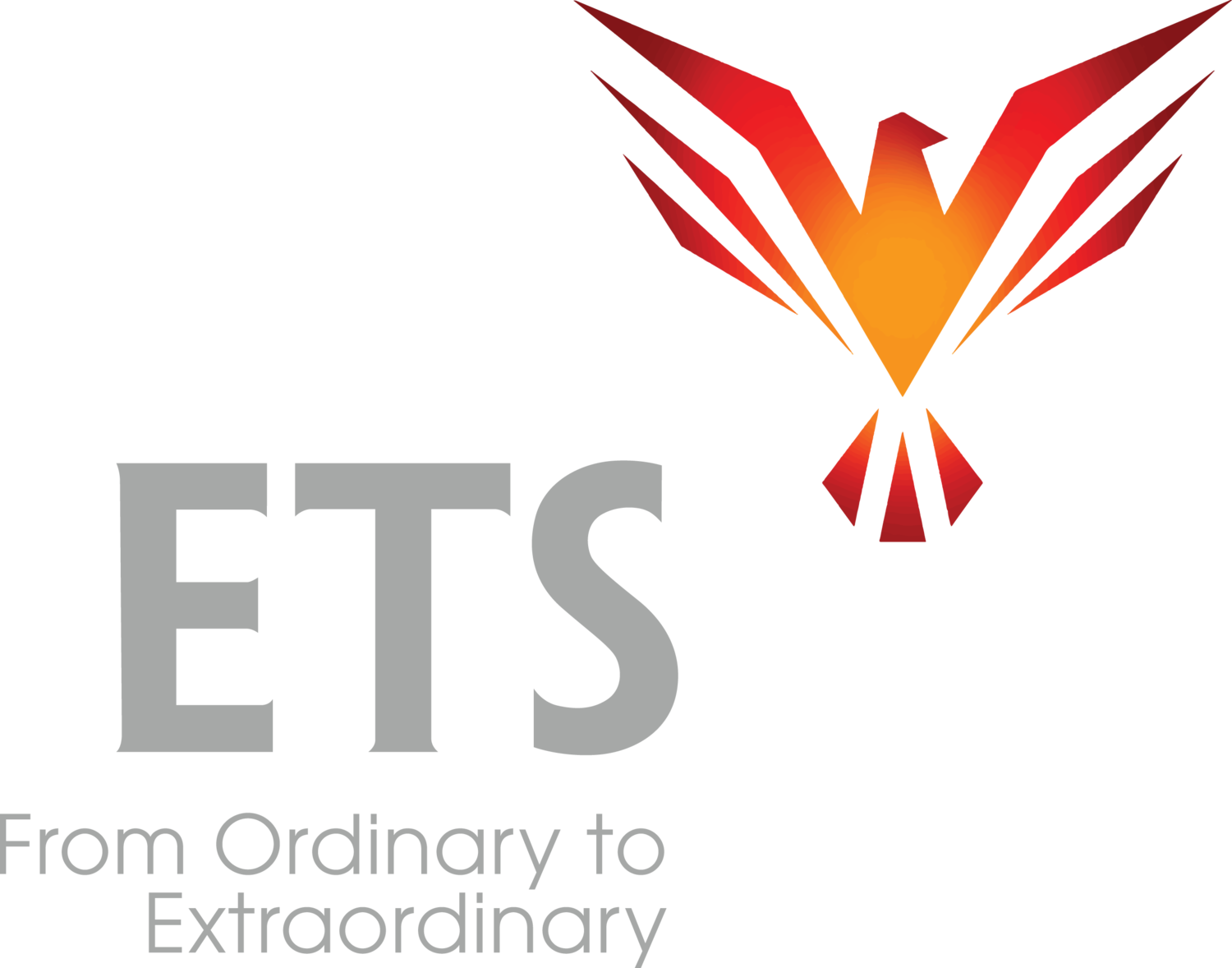I was explaining to Emily why I was not able to attend a meeting where I was not essential. The acknowledgement she gave me was a very resentful, “Bummer”.
I then tried to tell her what I had already booked during that time, and also why the meeting would be fine without me. Emily’s face was sour as I talked and she gave me an even more resentful, “Bummer.” She clearly was not listening to me.
My first impulse was, “This is not fun. I don’t like talking to you. I don’t want to talk to you anymore.”
And Emily was about to walk away herself.
At first, I was happy it was over, and then I thought to myself, “What would I tell a student to do in this situation?”
They already know how to walk away. But what they don’t know is how to transform an impasse like this.
Most often, they want to walk away because that’s the only option they can see open to them. I’ve never seen them walk away when they know exactly how to transform the situation – they stay and transform it. Not just because they can, but because having a great relationship and a wonderful outcome is a so much better way to live life.
My students often tell me, “But I don’t like that person. I don’t feel like talking to them.” And I always say, “Well, that’s up to you.”
Don’t communicate with anyone you don’t want to communicate with. I’m not trying to make you a “good boy or girl” who feels they have to communicate with everyone, no matter how they treat you. That would be prison.
But then, I started wondering, “If a student really did want to know what to do to transform a conversation, I wonder if the advice I gave them would work.” It certainly looked hopeless with this bitter woman. So, I thought I’d try it myself and see what happened.
As Emily turned her back and started to walk away, I said, “Hey, Emily! Can you talk for a moment? Tell me more about why this is important to you.”
And what I did was listen. And then I kept asking questions and kept Emily talking and talking. She poured her heart out. And it turned out that 80% of the people Emily was inviting to the meeting were declining. THAT was what Emily was upset about. So I let her talk about that.
All of this took less than five minutes.
Then I said, “Wow! I really understand. It’s a bummer that people are declining.” Emily heaved a HUGE sigh of relief, and said, “YES! It’s such a BUMMER!” And I said, “Yeah, that’s a real BUMMER!” And waited to see if she had more to say.
Emily smiled at me, filled with affinity, and said, “Well, at least YOU understand.”
I don’t know if that’s true, but I might be the only one who listened to her.
Then, all on her own, Emily said, “Well, I really understand what you have already scheduled for that time and what you’re doing is really important, so I understand why you need to do that. You’re really not essential for this meeting, I was just hoping you would come. But I really understand and it’s fine. I really do understand.”
And suddenly Emily was acknowledging me.
What I would have told students to do when someone’s not listening to you, is stop talking, get the other person talking, listen to them until they’re REALLY finished and then sincerely acknowledge them so they feel really understood. They will then naturally, organically, spontaneously, suddenly listen to you and hear what you’re trying to say.
I’ve seen this transform impossible situations many times and it’s always amazing. Transformation always is, especially when it happens so rapidly.
I have seen that HUGE sigh of relief, I’ve seen the other person fill with affinity, I’ve seen their eyes sparkle, I’ve seen that big smile many, many times. There aren’t too many feelings better than this. It’s a worthy result. I’m happy just with that. It’s a big bonus that they now want to listen to me, but my happiness comes from seeing them feel so good.
The other person doesn’t need to have the Causative Communication training, or know the principles or anything about acknowledgement. What I’m telling you here is a human truth about how human beings work that just is. This is a kind of human connection and understanding that is a joyous one to create.
I was so much happier with the way this ended, and so was Emily. The whole thing took less than 10 minutes. We both walked away, smiling. And when Emily saw me again, she had an instant smile on her face, and so did I.
While there is always much more to learn about how to achieve extraordinary outcomes with the power of Causative Communication, the “secret” you now hold is one that can transform any impossible situation.
Most people will walk away when someone’s not listening, now you have the power to choose a different path.
Be the cause!

